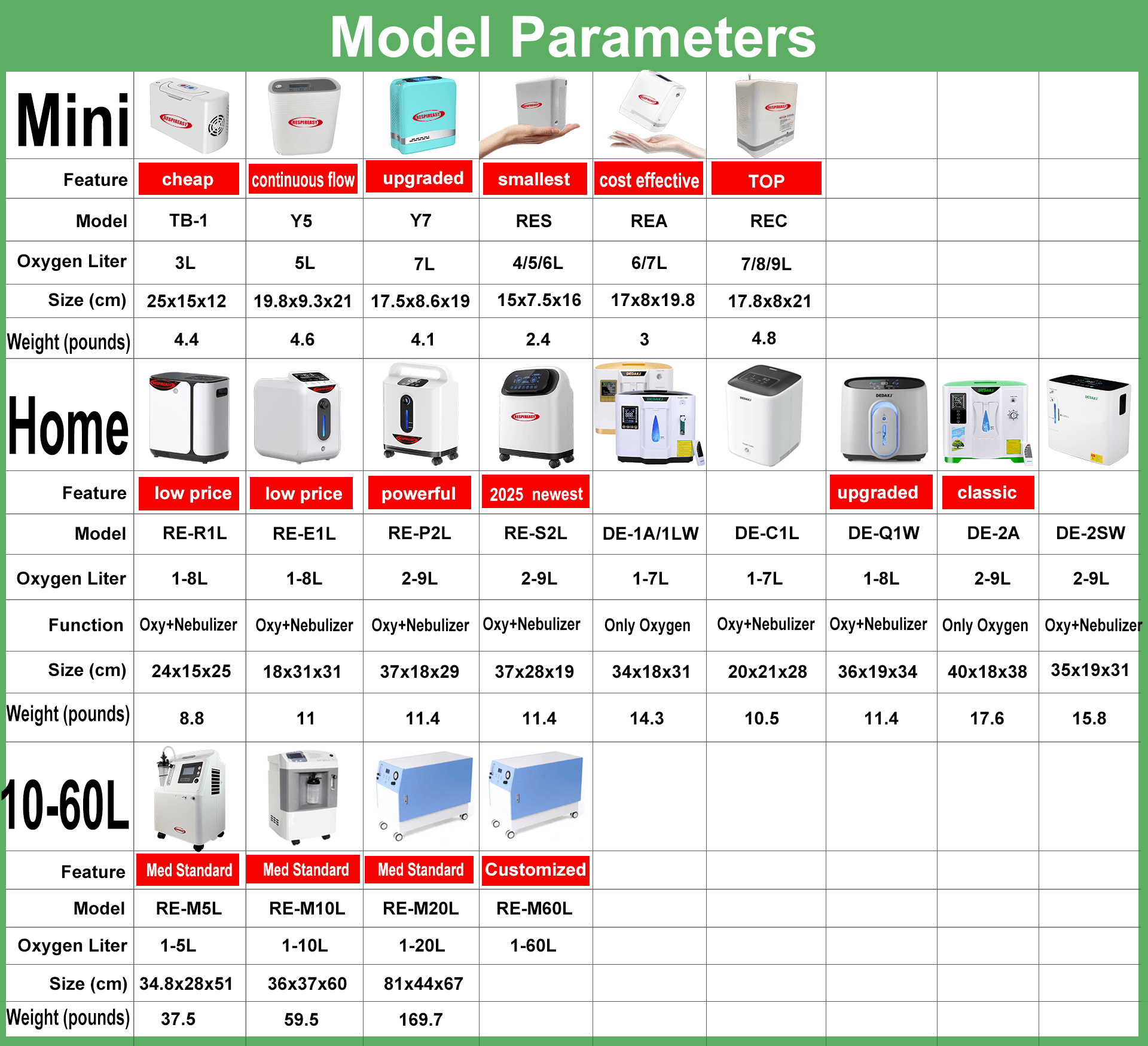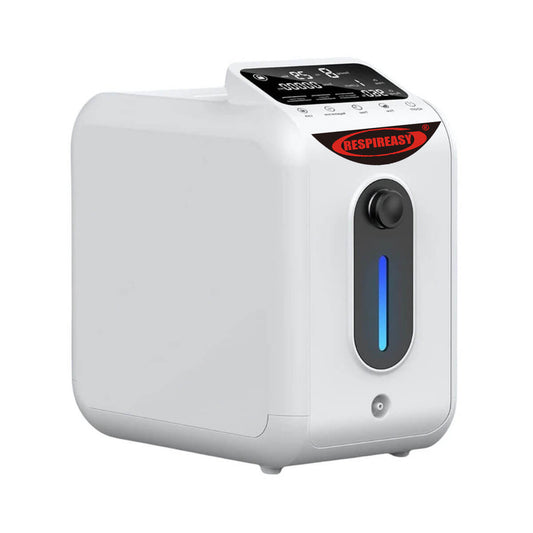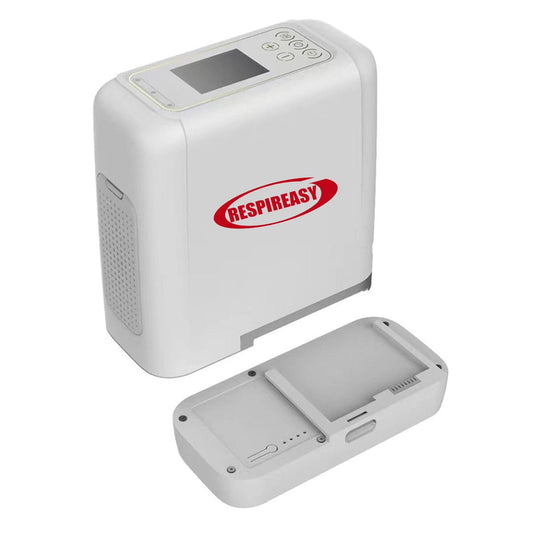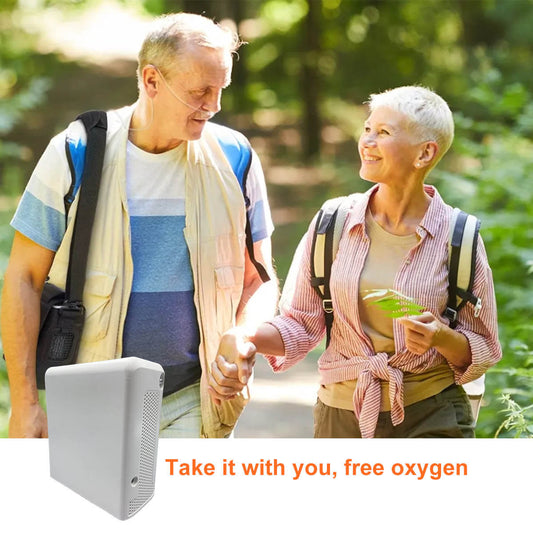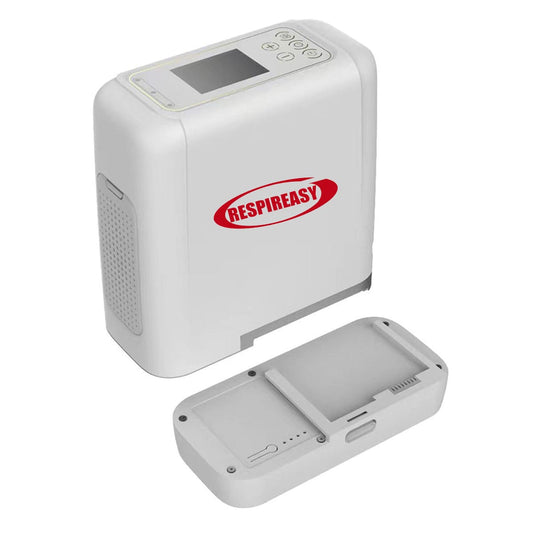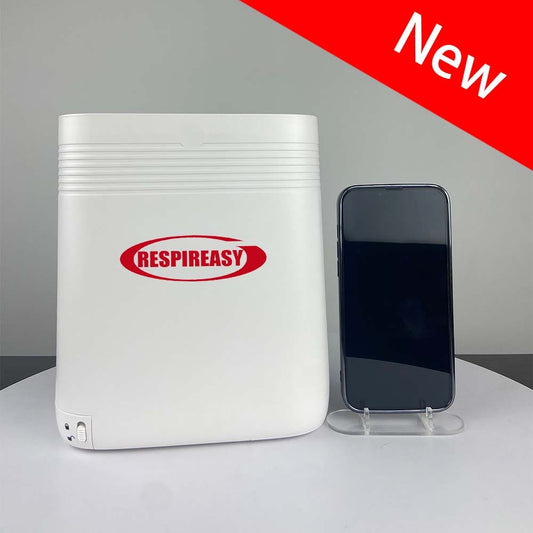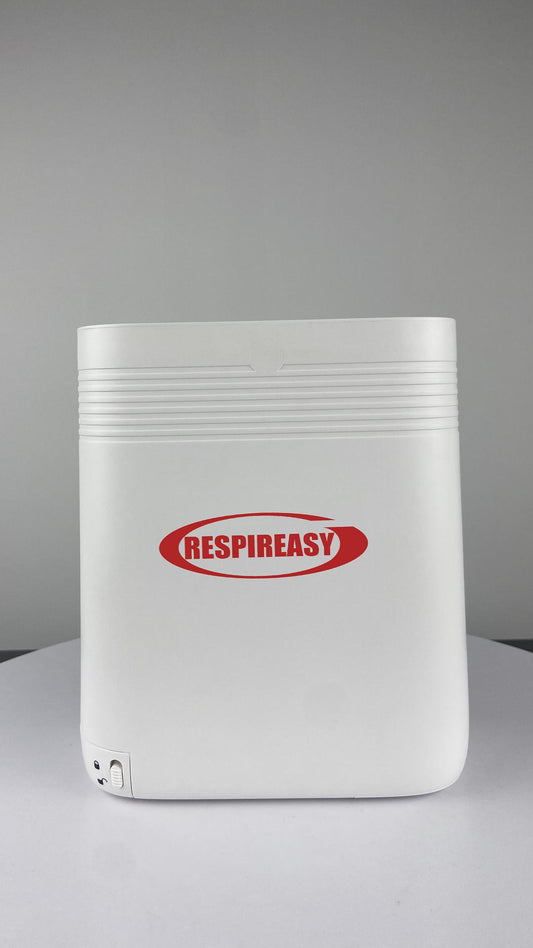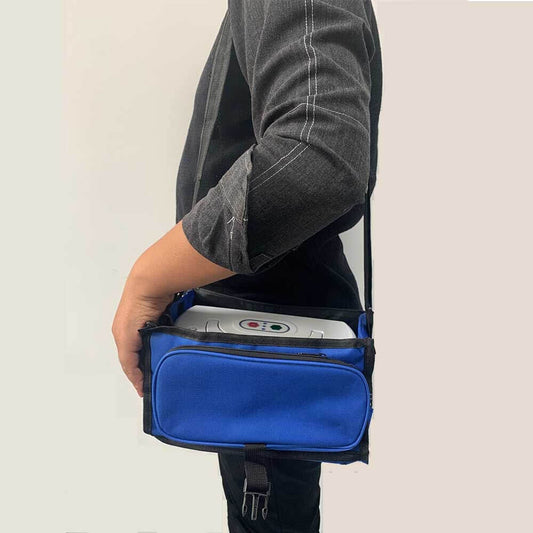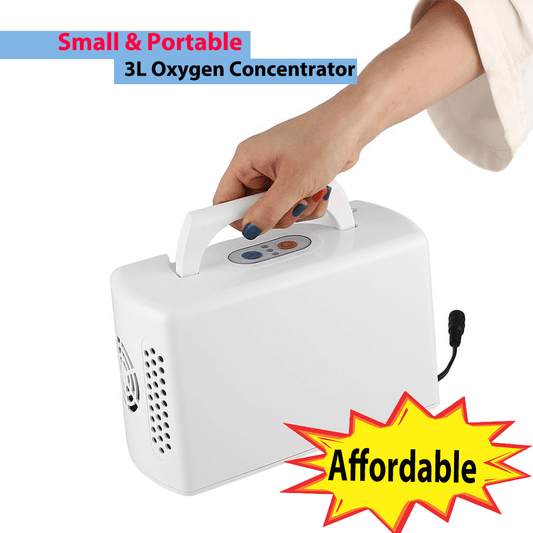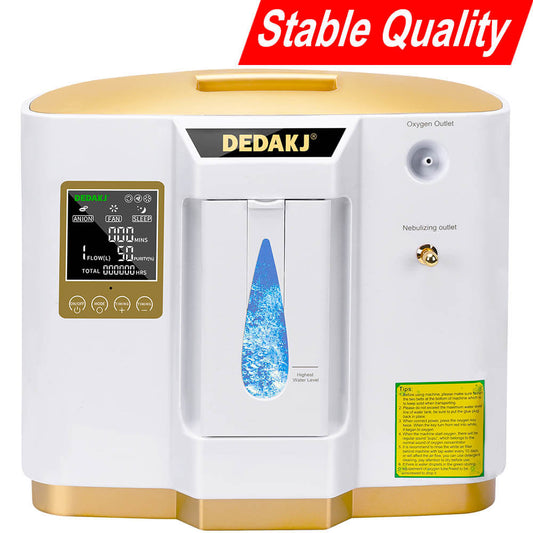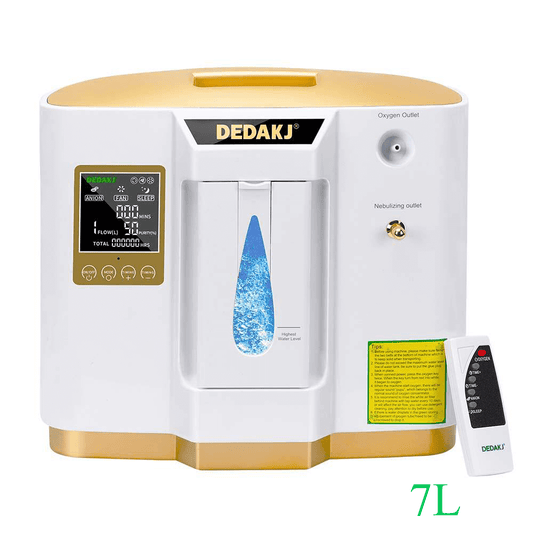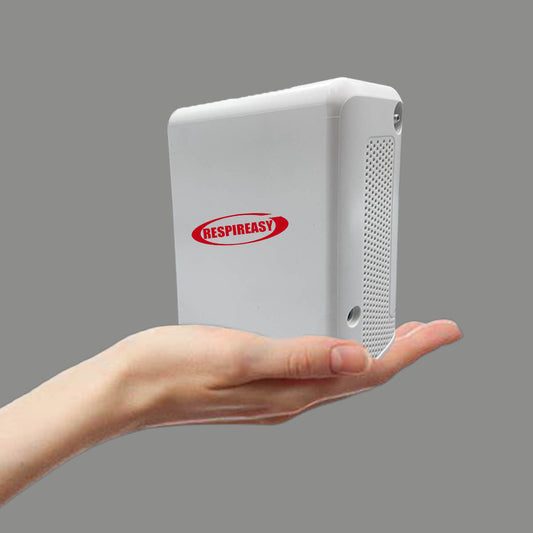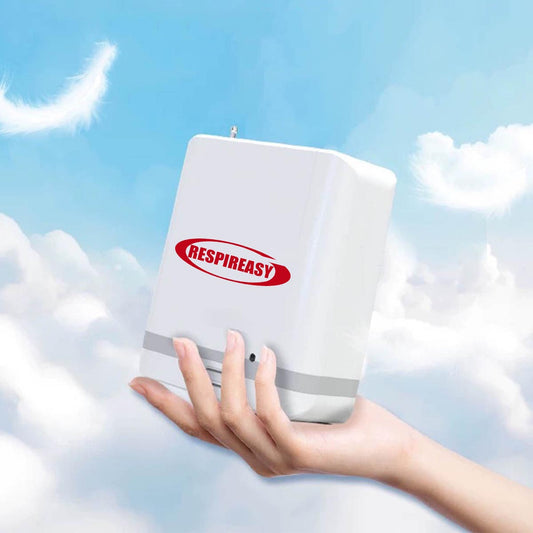How to Choose a Suitable Home Oxygen Concentrator?
In today's pursuit of a high-quality, healthy lifestyle, home oxygen concentrators are increasingly gaining popularity and becoming a valuable tool for many families.
Whether for general oxygen therapy or to assist in the treatment of specific diseases, home oxygen concentrators play an important role.
However, faced with a dazzling array of oxygen concentrator products on the market,
How do you choose the right one?
This article will provide a detailed introduction to the key points of choosing a home oxygen concentrator to help you make an informed decision.
No.1
Clearly Define Your Purpose and Target Group for Choosing the Right O2 Concentrator
Daily Health Care
For pregnant women, the elderly, students, office workers, and other individuals requiring general health care, a 1-2 liter oxygen concentrator is usually sufficient. These concentrators are compact, affordable, and can provide a certain degree of oxygen supplementation for mild hypoxia.
Disease Assistance
For patients with chronic obstructive pulmonary disease (COPD), pulmonary heart disease, cardiovascular and cerebrovascular diseases, and other conditions requiring long-term oxygen therapy, a 3-liter or larger medical-grade oxygen concentrator must be chosen. These patients have higher requirements for oxygen concentration and flow rate; only with sufficient oxygen supply can their condition be effectively alleviated and their quality of life improved. For example, long-term low-flow oxygen therapy can slow disease progression and reduce the frequency of acute exacerbations in COPD patients.
No. 2
Focusing on Key Performance Parameters to Ensure Effectiveness
Oxygen Concentration:
According to the relevant regulations of the State Food and Drug Administration, medical oxygen concentrators must achieve an oxygen concentration of 93% ± 3% to be used in clinical treatment to ensure patients' oxygen needs are met. When purchasing a product, always check the instruction manual or relevant certifications to ensure the oxygen concentration meets the standards.
Oxygen Flow Rate:
Different liter capacities of oxygen concentrators correspond to different maximum oxygen flow rates. For daily health maintenance, an oxygen flow rate of 1-3 L/min is generally sufficient; however, for disease treatment, a 3-liter oxygen concentrator can provide a stable oxygen flow rate of 3 L/min, while 5-liter and larger oxygen concentrators can maintain a stable oxygen concentration at higher flow rates to meet more complex medical needs, such as critically ill patients who may require 5 L/min or even higher.
Oxygen Production Principle
As mentioned earlier, most mainstream home oxygen concentrators currently use the molecular sieve oxygen production principle. This method is highly efficient, stable, and long-lasting, and is a mature technology certified by international and national standards. In contrast, methods such as water electrolysis and chemical reaction oxygen production have problems such as high energy consumption and significant safety hazards, making them less suitable for home use.
No. 3
Considering User Experience and Convenience to Improve the User Experience
Noise Level
If the oxygen concentrator is too noisy when working, it will not only affect the user's rest but may also disturb family members. Generally speaking, noise above 60 decibels will have a negative impact on human health, and long-term exposure to such an environment should be avoided. Therefore, the equipment can adopt more advanced silent technologies, such as optimizing the compressor structure, adding sound insulation materials, and increasing the space where the equipment is used, to control the noise level to a low level.
Ease of Operation
Home oxygen concentrators are mostly used by the elderly or patients, so the operating interface should be simple and easy to understand. Choose products with large buttons, clear labels, and simple operation procedures. Ideally, they should have functions such as one-button start and convenient flow adjustment, allowing users to easily get started without complicated learning. Some smart oxygen concentrators also support mobile app control, allowing family members to remotely operate and monitor them.
Mobility and Ease of Use:
If you need to use the oxygen concentrator in different rooms, those with casters and a lightweight design are easier to move. Some even have a carrying handle for short-distance transport indoors and outdoors.
No. 4:
Focus on Brand After-Sales Service for Peace of Mind
Choosing a brand with years of experience in the oxygen concentrator industry ensures better product quality and performance. Comprehensive after-sales service provides peace of mind. Before purchasing, understand the brand's warranty policy, including the warranty period, whether repairs and exchanges are offered, and the ease of parts replacement. Some brands also offer value-added services such as regular follow-ups and usage guidance to ensure users use the oxygen concentrator correctly.
DEDAKJ - RespirEasy Oxygen Concentrators Manufacturer has been deeply involved in the oxygen therapy industry for over ten years, possessing a complete after-sales service system. Adhering to the service philosophy of "customer-centricity, improving customer satisfaction, and creating customer value," they are committed to providing customers with high-quality oxygen concentrators.
- Portable Oxygen Concentrators: Small in size, suitable for use during travel or outdoor activities.
- Stationary Home Oxygen Concentrators: Medium in size, suitable for use in home environments.
- Powerful Medical Oxygen Concentrators: Large in size, 10 liters 20 liters or higher oxygen production, suitable for use in medical institutions or for patients requiring high concentrations of oxygen.





























